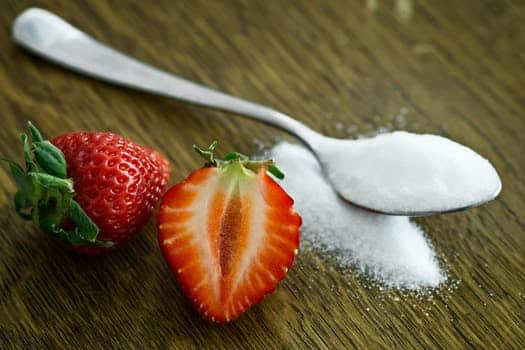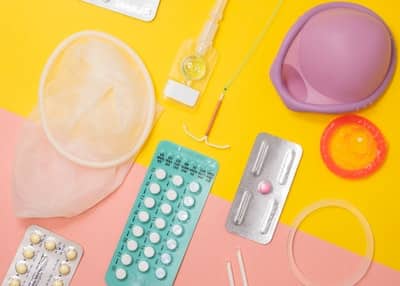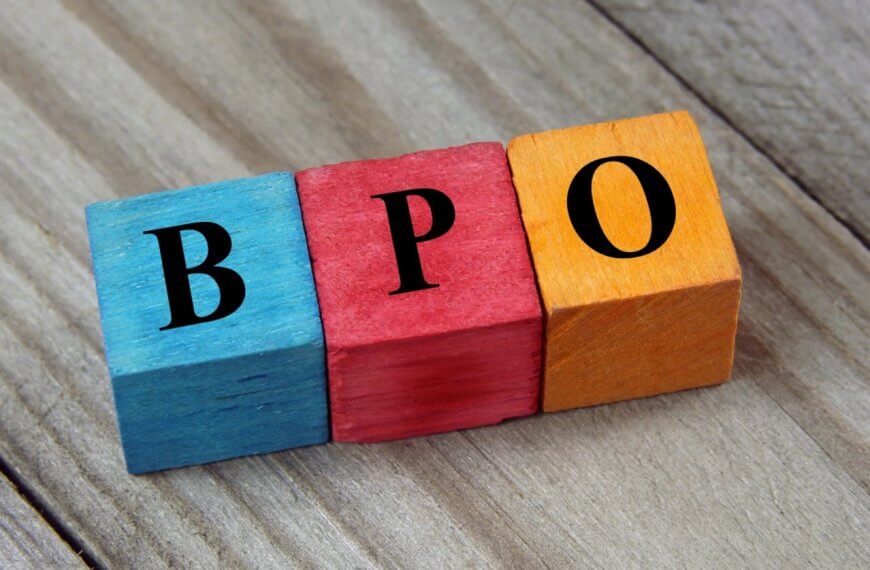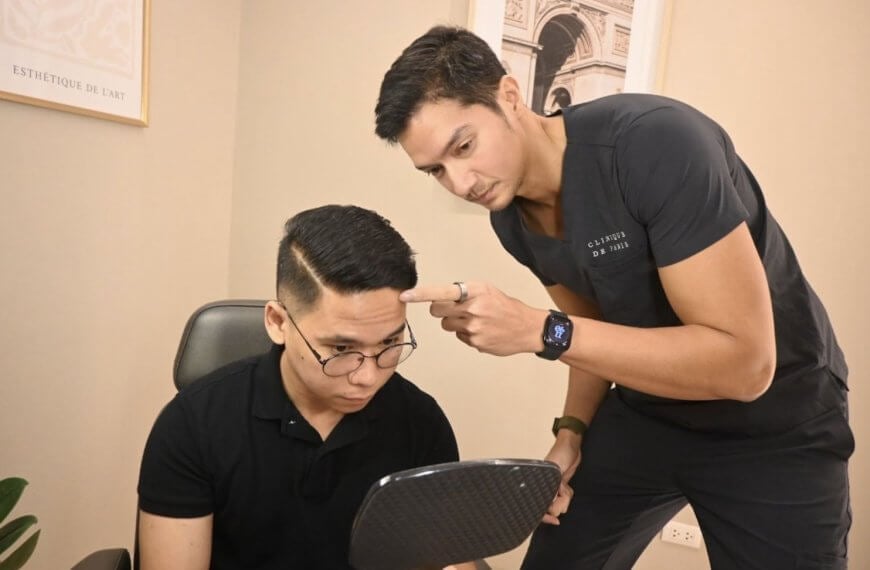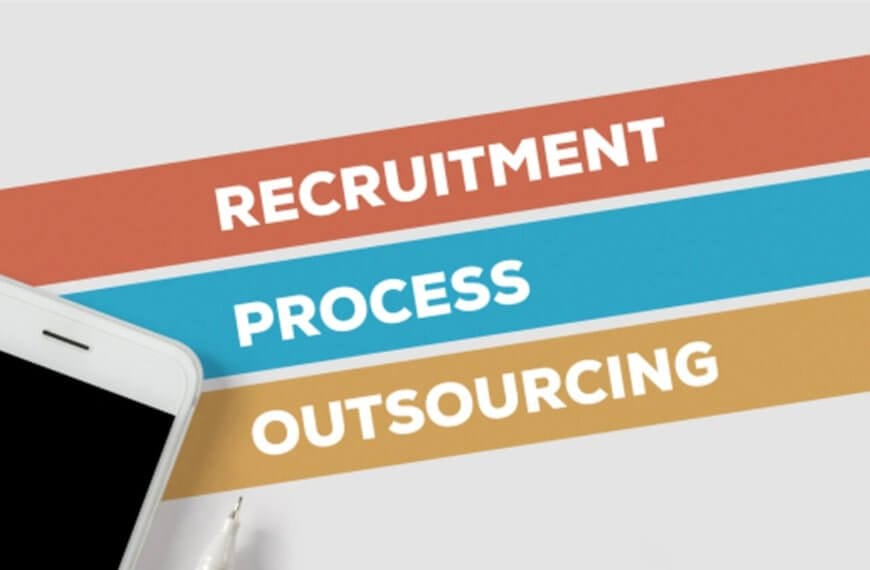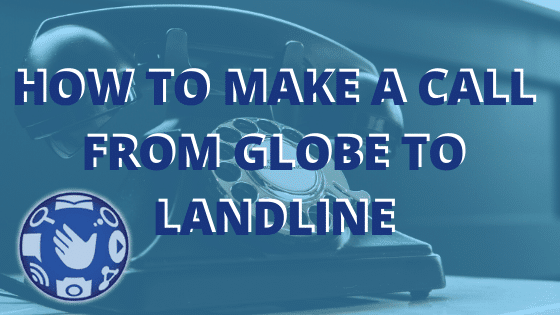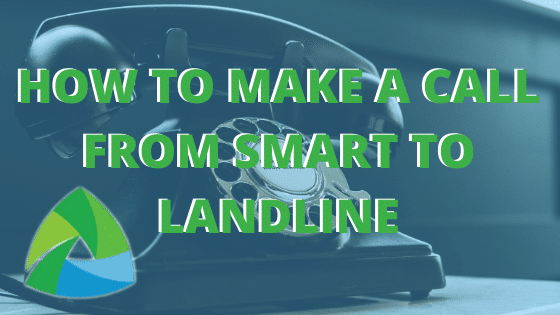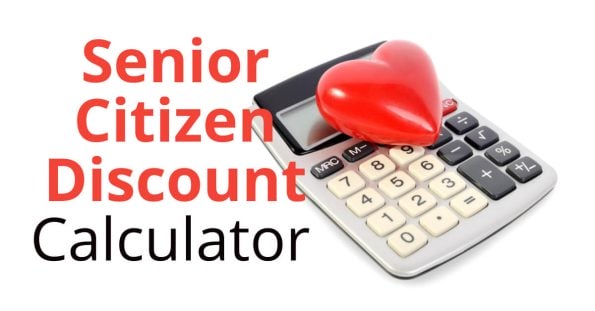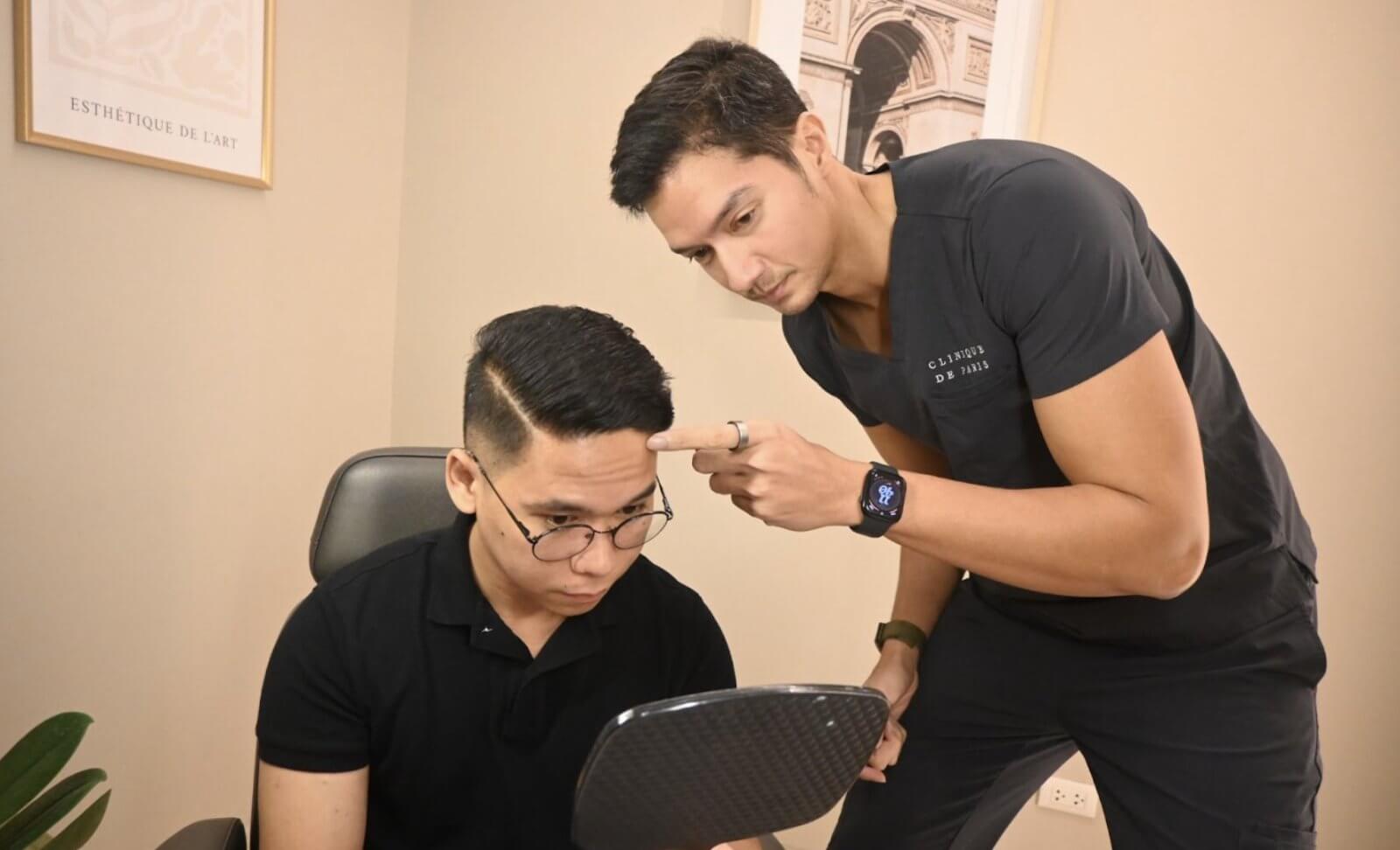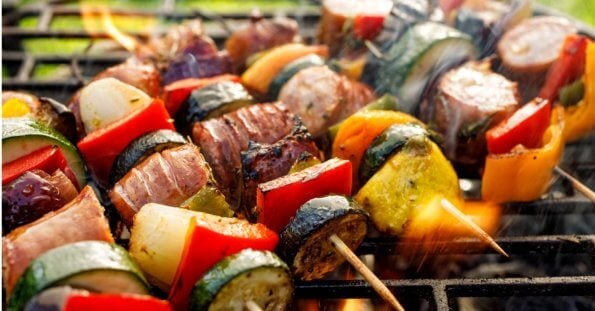by Johanna Patricia A. Cañal, MD, MHA, MSc
So, you’ve been diagnosed with Diabetes or pre-diabetes even. And of course, you’ve been advised by your doctor to avoid sugar. The cakes, candy, ice cream and pastries are obvious. What about everything else?
A new habit that you should develop is looking at the NUTRITION INFORMATION at the back of the label of all commercially available, packaged food. This nutrition information will tell you how much fat, sugar, cholesterol and salt (sodium) is in that food.
Get some packaged food…any packaged food. A can of soda, the cookies that you have in your desk drawer, the sachet of 3-in-1 coffee that’s waiting for you. Look at the back of the label.
One of the first things you see is the “Calories per serving”. It’s good to know but may not be very practical. Instead, take a look at the “TOTAL SUGARS”. That’s the number that is important for the diabetic or pre-diabetic.
One teaspoon of sugar is equivalent to 5 grams of sugar. You will discover that your commercial fruit juice has 4, 5 or 6 teaspoons of sugar. Your favorite soda or milk tea variant may have anywhere from 8 to 12 teaspoons of sugar. This means that even if your milk tea has only 25% sugar, that is still 2 teaspoons of sugar. Thus, commercially available drinks are a huge source of prohibited sugar.
Are there hidden sources of sugar?
Two slices of white bread have about half a teaspoon of refined sugar. Ironically, two slices of wheat bread also have the same amount of sugar. One sachet of 3-in-1 coffee has 2 to 3 teaspoons of refined sugar, depending on the flavor of your coffee. Both uncooked pasta and tomato sauce have about a teaspoon of sugar each. Soy sauce and ketchup both have about 1 teaspoon of sugar per bottle.
In general, commercial food has less sugar than commercial drinks do. That should be some comfort. A diabetic’s food need not be bland. It can be very flavorful, but it has to be well chosen. If you have a choice, opt for the sugar-free…or at least less sugar. If you can, stick to water. Prepare food from scratch. That way, you know exactly what’s in it. More importantly, read, research and consult your endocrinologist. Then your diabetes won’t get in the way of your life.
Hello!
This short article is part of a series of articles that is designed to make health care more understandable to non-doctors.
As a way of disclosure, I am a radiologist and a radiation oncologist. My strengths, therefore, are diagnosing illness, particularly cancer, and cancer treatment. Thus, I will be talking about medical tests and what these are about.
I shall also be talking about the dreaded disease, cancer. In the 2nd decade of the 21st century, cancer is the #4 cause of death worldwide. NUMBER 4! It used to be #10. It has obviously been going up. The number 1 and 2 killers are cardiovascular diseases…translated into heart attacks and strokes. Number 3 is pneumonias and lung diseases.
The previous century was known as the century of infectious diseases. The most common causes of disease and death were bacterial and viral pneumonia and tuberculosis. The present century is the century of the lifestyle disease. That is, infections don’t play as big a part as lifestyle diseases. What are those? Heart disease, strokes, cancers and injuries/accidents.
But then again, the 21st century has just started, and we already have a pandemic. One never knows what will happen in the next 10, 20 or 30 years. Thus, this series will discuss a range of topics, hopefully the topics most relevant to you.
If there is a topic that you want clarified, please do drop me an e-mail at [email protected]. Please just fill in the subject line with: [SULIT] Your question

